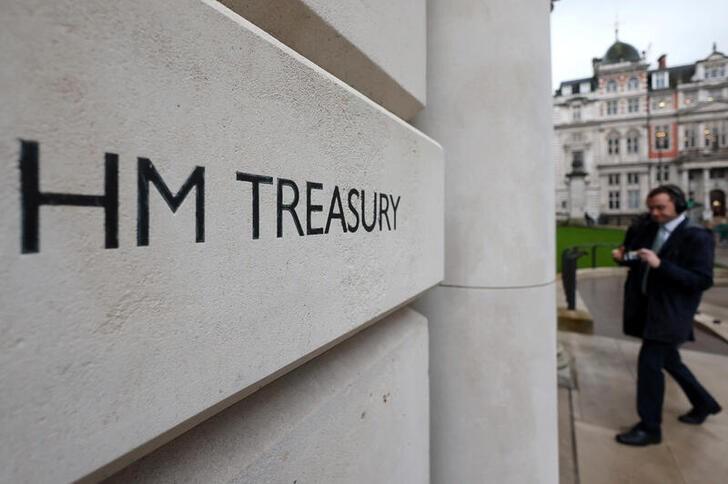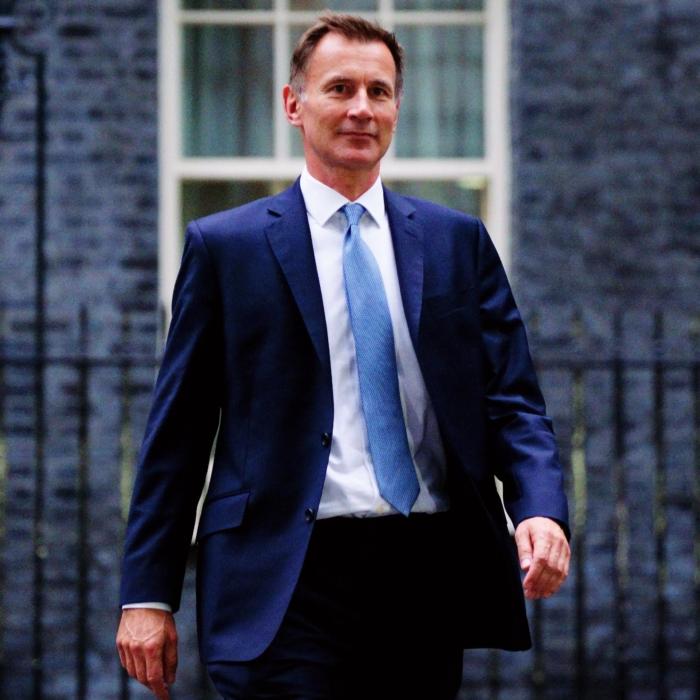The next government is inheriting the highest level of national debt in more than 60 years despite lower-than-expected borrowing in May, according to official estimates.
The figures, published on Friday by the Office for National Statistics (ONS), came as both major parties promised to bring debt down ahead of the general election on July 4.
In May, public sector spending was £15 billion more than public sector income. It was £0.8 billion more than borrowing in May 2023 and the third highest May borrowing since monthly records began in 1993.
Nevertheless, it was £0.6 billion below forecasts from the Office for Budget Responsibility (OBR), the government’s official forecaster, and was also less than economists had predicted.
Total public sector spending in May was £100.1 billion, £2.3 billion more than in May 2023.
Central government spending rose by £2.8 billion in the year ending May 2024, to £91.6 billion.
The increase was driving by more spending in net social benefits, inflated running costs, a £0.2 billion rise in interest payable on central government debt. It was offset by a £1.1 billion drop in subsidies because of the ending of the energy support schemes.
Public sector receipts, most of which are taxes, were £85.1 billion, £1.5 billion more than May 2023.
In April and May, borrowing was a total of £33.5 billion, a £0.4 billion increase from the same months in 2023, and £1.5 billion less then OBR forecasts.
However, public sector net debt excluding public sector banks still rose to £2.77 trillion by the end of May
According to ONS estimates based on OBR’s GDP forecasts, the debt was 99.8 percent of the economy.
It’s 3.7 percent higher than the end of May last year, and the highest level since March 1961.
With less than two weeks left ahead of the general election, the continued climb of debt levels will be a big challenge for the next government.
Thomas Pugh, economist at RSM UK, said the borrowing undershoot in May made things “a little easier for the new government but given the scale of the fiscal squeeze coming in the next parliament it is a drop in the ocean.
“Given that the current tax and spending plans look extremely difficult to fulfil, the new government is going to have to raise more in taxes, or borrow more,” he said.
“Simply keeping non-protected departments budgets stable in real terms will add an extra £20 billion to government spending.”
Consultants at Capital Economics said these lower-than-expected borrowing numbers reflected less public investment, and would offer scant comfort to Britain’s next chancellor.
“They do little to reduce the scale of the fiscal challenge that awaits them, in part because of the upward pressure on the debt interest bill from higher interest rates,” said Alex Kerr, assistant economist at Capital Economics.
Labour and the Conservatives intend to stick with existing budget rules which require official forecasts—last updated in March—to show that debt as a share of GDP is falling in the fifth year of the forecast.
Higher interest rates than were forecast in March’s budget meant Britain’s next chancellor now had just £8.5 billion of leeway to meet these rules, down from the historically low £8.9 billion in March, Mr. Kerr said.
Both Labour and the Conservatives have pledged not to raise the rate of income tax, value-added tax, or other major levies, but government budget forecasts in March showed tax as a share of GDP was on track to reach its highest since 1948.







